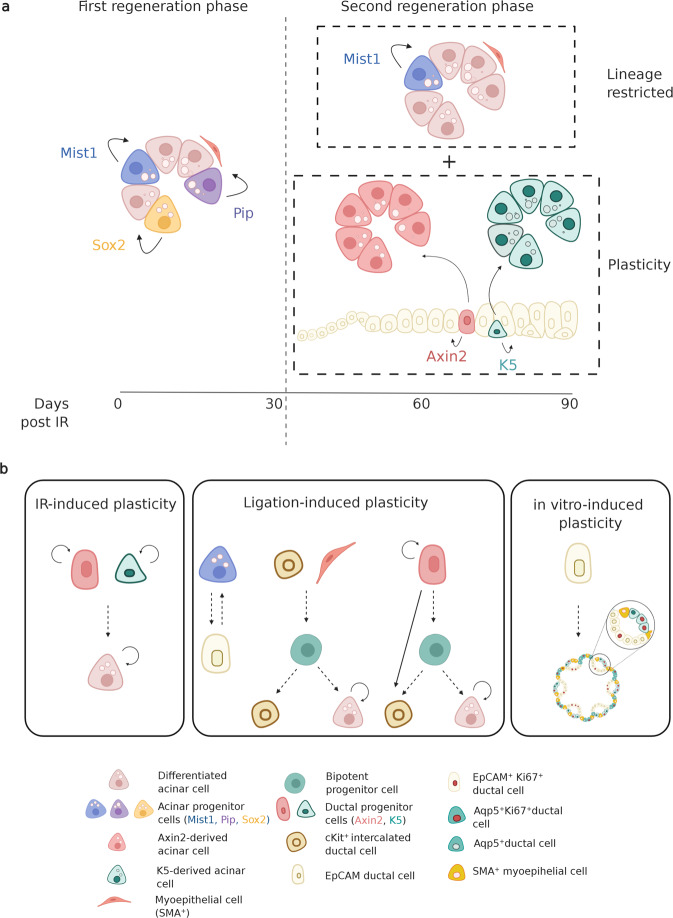Fig. 4. Mechanisms of plasticity after damage in salivary glands.
a Salivary gland regeneration phases after radiation-induced damage. Upon radiation damage, a first regeneration phase seems to be characterized by a lineage-restricted response defined by the self-duplication ability of acinar cells (Mist1 and Pip) into acinar cells as well as the replacement of acinar cells driven by immature acinar progenitor-like cells (Sox2) that within the first 30 days post-irradiation are able to maintain the integrity of the acinar cell compartment. The second regeneration phase, marked by an extensive loss of acinar cells, seems to rely on the plasticity properties of the ductal cells (Axin2 and K5) that are able to give rise to new acinar cells. b In the context of tissue damage, salivary gland progenitor cells exhibit plasticity. Depending on the type of injury inflicted, salivary gland cells show different damage-induced plasticity: irradiation-induced plasticity, ligation-induced plasticity, and in vitro induced plasticity (giving rise to an organized 3D system formed by different cell types named organoid) (Figure created with BioRender.com).

